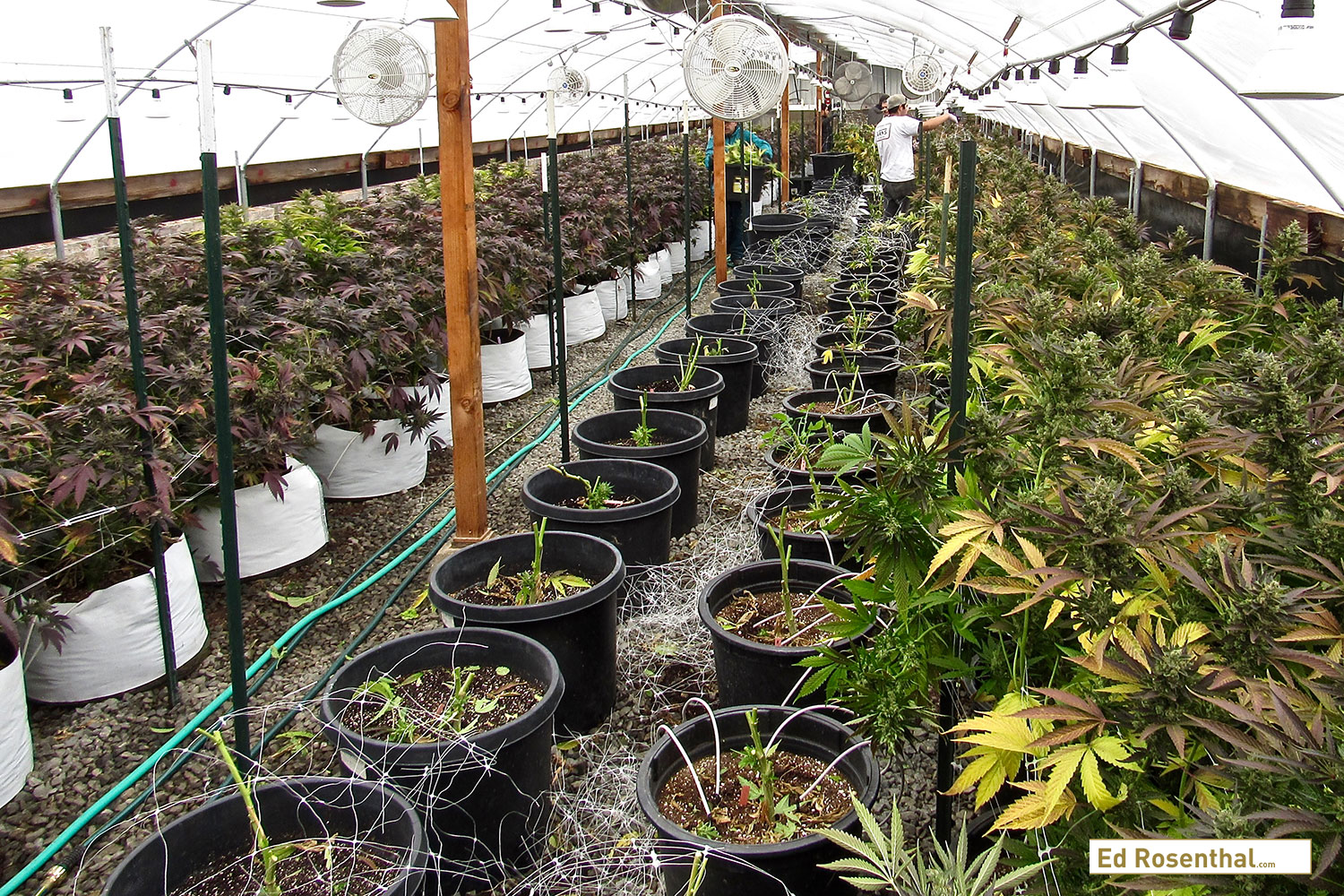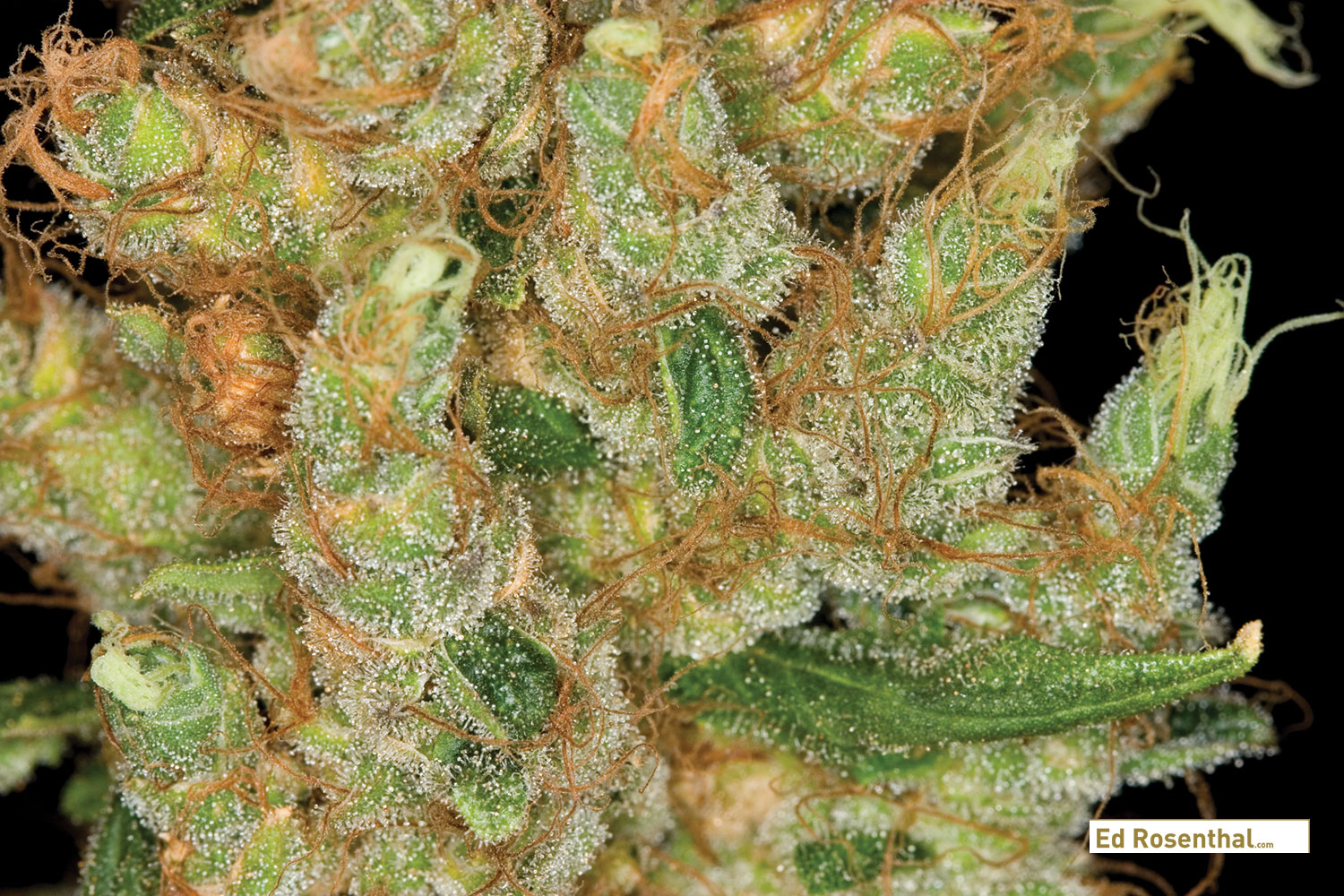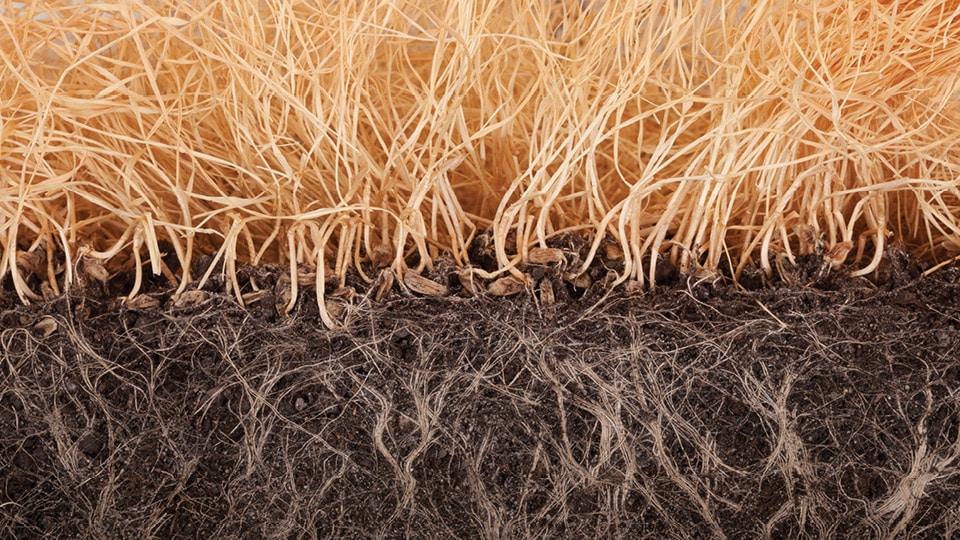https://www.marijuanapassion.com/threads/flushing-plants.78880/post-1107106
Flushing has been a debate for a long time. If you google “Flushing Cannabis” the very first Websites says “Flushing is free and easy technique that may improve the quality and smoothness of your cannabis buds before harvest.” …but is that true?
Do I flush?
Is flushing the right choice for my garden?
Will flushing help my grow to a cleaner smoke?
These might be some of the questions you might have. To answer these questions, we must first understand what flushing is, and where did the term come from.
FLUSHING - to flush, the act of cleansing a plants roots of nutrients and contaminants by giving the plant large amounts of water (usually equal to 3 times the volume of soil the plant is in).
The term Flushing came to be when a soil grower used the wrong nutrients, and instead of throwing the soil, this idea came to be.
From the same website aforementioned above, they go on to myths of growing and say this:
***However, flushing does not “leach out” nutrients/minerals that are already in the buds. While your plant can use up extra stored nutrients in the leaves of the plant, this does not remove a “chemical” taste from your buds if you’ve provided too many nutrients throughout the flowering stage.
Many people believe that flushing with plain water takes nutrients (and thus bad taste) out of the buds, in a sense, returning them to their ‘natural flavor’. Unfortunately, this just isn’t the case.
When it comes to ensuring good taste and smell of your cannabis plants, an ounce of prevention is worth a pound of cure. Instead of relying on the flush to prevent extra nutrients from being stored in your buds, it’s better to avoid ever giving the plant more nutrients than it can use in the first place. That means keeping nutrient levels as low as you can throughout the grow while preventing nutrient deficiencies.***
I personally don’t believe in Flushing at all, unless used for its original purpose of cleaning out wrong nutrients from the soil.
(By YarraSparra)
I will list some points that not only challenge the absurd impracticality and illogicality of this myth, but point out how the pseudoscience behind it is fundamentally flawed (as is all pseudoscience) and can be countered by what is known about basic plant biology.
Robbing plants of essential nutrients at any stage of their life cycle is NOT beneficial for growth. I challenge anyone to provide a single peer reviewed paper from a reputable journal that provides evidence suggesting otherwise.
If this was practical, wouldn’t you expect all big agricultural hydroponic growers adopt the same practice?
Plants take minerals into their tissues, from their roots via the treachery elements; i.e. xylem. Once these minerals are in the plant, they are there to stay, the plant does not expel them, unless it’s through senescence-driven abscission of leaf petioles. From the treachery elements nutrients are translocated into the phloem - the plant’s ‘blood supply’ - after being integrated into various biomolecules, or are used for various metabolic functions. Where is the logic in thinking the plant ‘uses’ these up in that last week of flushing, in order to avoid smoking them? All the N P K Fe Mg Ca etc. is still there.
For arguments sake say we counter the last point by suggesting these minerals in their ‘raw form’ will taste ‘hasher’ or ‘nastier’ in the form of pyrolytic breakdown products (formed when weed is burned) than artifacts of larger biomolecules of which these minerals/macro nutrients are now a part of, for example phosphorylated PO43-. Even if this was the case it still doesn’t correlate with the myth, as the transports steam in the treachery elements is measured in minutes not a week. i.e. a PO43- molecule does not wait around in these vessels for a week before subsequent translocation and modification.
If there was any truth to this myth, then plants grown in soil would always taste worse than plants grown in hydro. Why? Because obviously soil is not an inert medium you can flush for a week. And a plant CANNOT distinguish between a PO43- molecule that comes from soil from that of a PO43- molecule that comes from hydro solution (which also debunks another myth, but we’ll leave that one).
Are there studies that have conducted double blind trials to investigate if flushed weed tastes any ‘sweeter’ than unflushed weed. Again, need peer reviewed papers. And doesn’t have to be weed, can be strawberries or any other type of fruit.
What is the proposed mechanism to support this myth, and how is it consistent with fundamental plant biology.
How does starving the plant of food in the last week increase thc production in the trichome? Papers?
Given, under certain conditions stressed plants upregulate certain defence compounds, but they will almost certainly produce less inflorescence weight per watt of light. Growth is always retarded under stress - not promoted. Nutrient starvation is a form of stress. Looking for peer reviewed papers that suggest otherwise.
Those of you set in your ways, each to their own and best of luck to you. Those who are willing to change their views in light of new evidence, or lack thereof, be ready for increased yields by feeding those hungry ladies right up until the second you chop
 PXL_20210915_000707203.jpg35.5 KB · Views: 22
PXL_20210915_000707203.jpg35.5 KB · Views: 22 PXL_20210915_000955197.jpg35.2 KB · Views: 21
PXL_20210915_000955197.jpg35.2 KB · Views: 21 PXL_20210915_001125705.jpg32.6 KB · Views: 20
PXL_20210915_001125705.jpg32.6 KB · Views: 20 PXL_20210915_001149883.jpg42 KB · Views: 22
PXL_20210915_001149883.jpg42 KB · Views: 22 PXL_20210915_001155494.jpg38.3 KB · Views: 31
PXL_20210915_001155494.jpg38.3 KB · Views: 31 PXL_20210917_163621111.jpg158.1 KB · Views: 30
PXL_20210917_163621111.jpg158.1 KB · Views: 30 PXL_20210917_163628440.jpg118.9 KB · Views: 30
PXL_20210917_163628440.jpg118.9 KB · Views: 30 PXL_20210917_163654293.jpg88.8 KB · Views: 32
PXL_20210917_163654293.jpg88.8 KB · Views: 32 PXL_20210917_163644417.jpg89.3 KB · Views: 30
PXL_20210917_163644417.jpg89.3 KB · Views: 30








